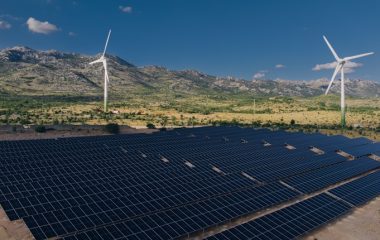
Share
Share
A working group comprising representatives of various institutions and both political entities in Bosnia and Herzegovina, with technical support from GIZ, has produced a Draft catalog of criteria for a sustainable development of small hydropower plants (SHPPs) in the country, inviting all stakeholders to send questions and comments. The catalog contains a large number of criteria, divided into five chapters – Energy, Water Management, Spatial Planning, Water Ecology, and Nature Protection.
The decision to produce the Draft catalog was based on the fact that environmental and local socioeconomic impacts of the hydropower sector can be significant, and that the selection of potential locations for the construction of SHPPs must follow clearly defined criteria which cover various factors of sustainability and areas of impact, according to a statement from Republika Srpska’s Ministry of Energy and Mining.
The ministry also noted that the hydropower sector is one of the most complex sectors in BiH in terms of regulations and the separation of jurisdictions between the state, entities, cantons, and municipalities.
The document is available for download and viewing, and all stakeholders are invited to send questions and comments via email to n.milovcevic@mier.vladars.net by November 20, 2019.
Catalog aims to mitigate environmental and socioeconomic impacts of SHPPs
One of the main objectives of the catalog is to raise awareness about the significance of sustainable development and the need to mitigate environmental and socioeconomic impacts related to the construction of SHPPs, according to the statement.
The purpose of the catalog is also to promote strategic and sustainable planning in the process of SHPP construction, provide the groundwork for consultants and investors to assess the eligibility of projects in the early stage of planning, as well as to create a regulatory framework for decision makers in the field of permitting, licensing and granting concessions for the construction and operation of SHPPs.
Due to their adverse impacts on the environment and local communities, the construction of SHPPs has been attracting a lot of public attention and meeting with strong resistance across the region, among ordinary people as well as civil society organizations and experts. According to earlier reports, there are currently 65 SHPPs in BiH.


















Be the first one to comment on this article.